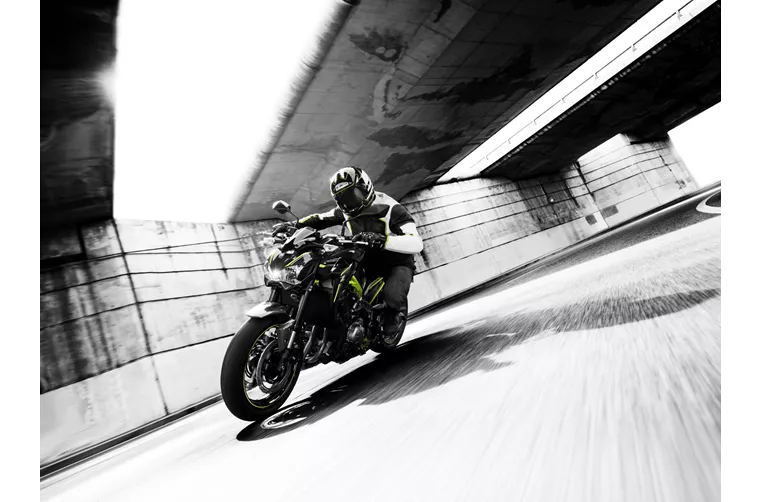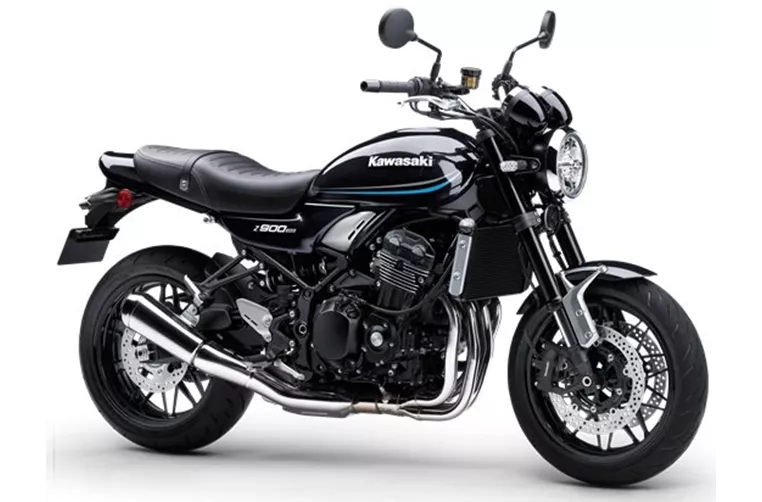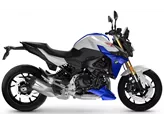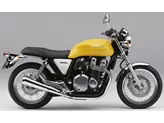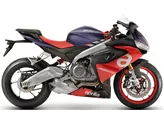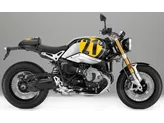Kawasaki Z900 2018 vs. Kawasaki Z900 RS 2022

Kawasaki Z900 2018
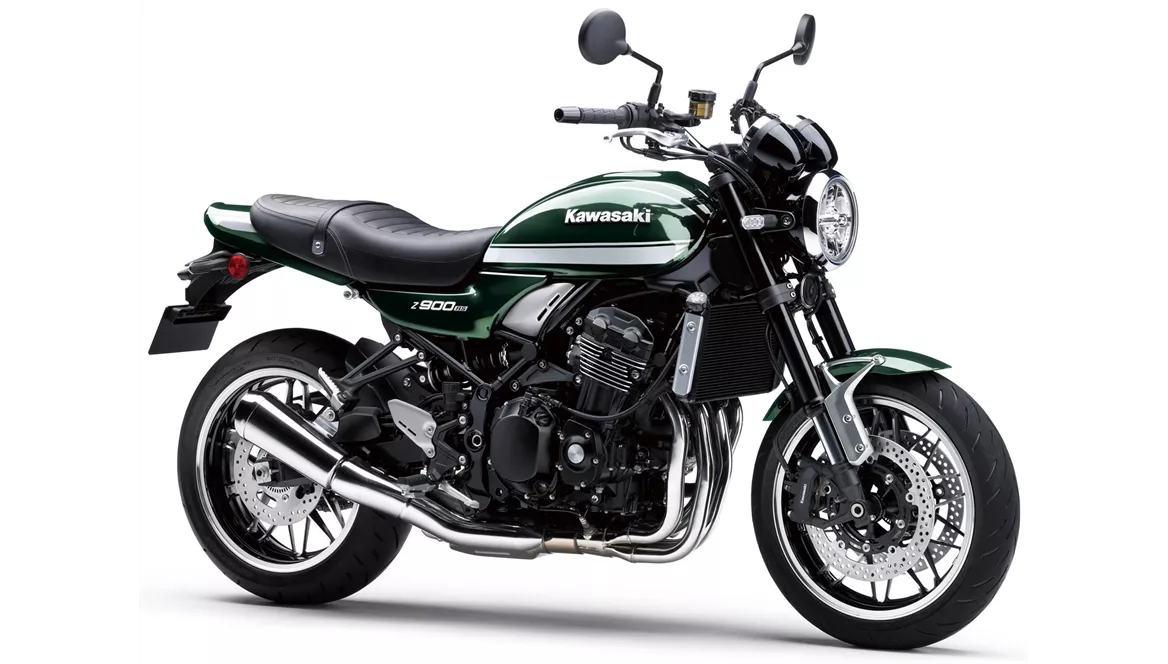
Kawasaki Z900 RS 2022
Overview - Kawasaki Z900 2018 vs Kawasaki Z900 RS 2022
The Kawasaki Z900 model year 2018 and the Kawasaki Z900 RS model year 2022 are both naked bikes from Kawasaki with similar technical specifications. However, there are some notable differences between the two models.
In terms of engine and drive train, both bikes have an inline 4-cylinder engine with a displacement of 948cc and liquid cooling. The Z900 2018 has a slightly higher engine power of 125.4 HP compared to the Z900 RS 2022, which has 111 HP. However, both bikes have the same torque of 98.6 Nm and fuel system of injection.
Both bikes feature upside-down telescopic fork front suspension and swing arm rear suspension with monoshock absorbers. However, the Z900 RS 2022 offers more adjustability with compression, preload, and rebound adjustments in the front suspension, while the Z900 2018 only has preload and rebound adjustments. The rear suspension adjustments are the same for both models.
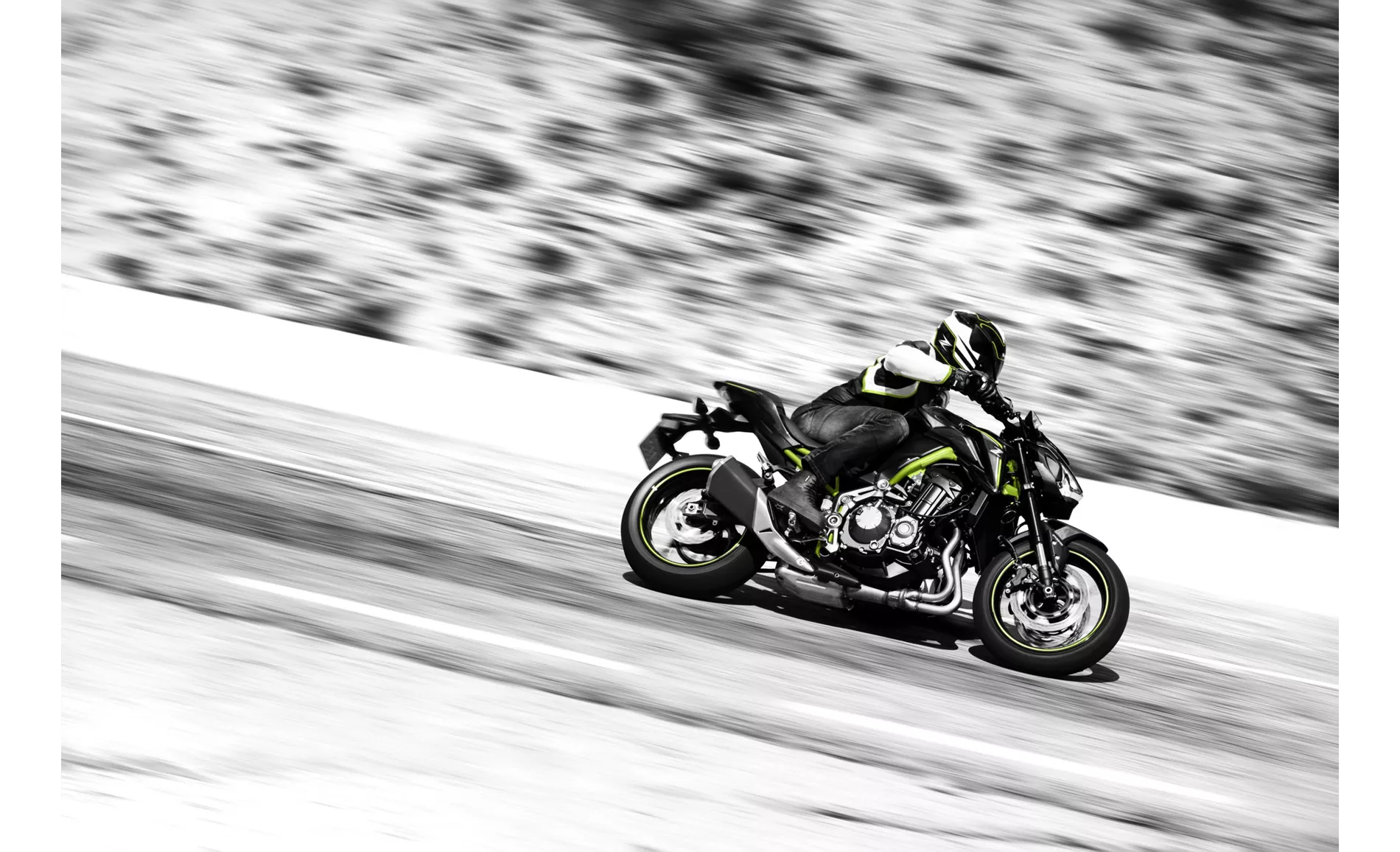
Kawasaki Z900 2018
In terms of chassis, both bikes have a steel frame. However, the Z900 2018 has a double cradle frame type, while the Z900 RS 2022 has a tubular frame type.
Both bikes have double disk brakes with a diameter of 300mm and four-piston calipers in the front. They also both have ABS as an advanced rider assistance system. However, the Z900 RS 2022 offers an additional traction control system, providing enhanced safety and stability.
In terms of dimensions and weights, both bikes have the same front and rear tire widths and diameters. The Z900 RS 2022 has a slightly longer wheelbase of 1470mm compared to the Z900 2018's 1450mm. The seat height is also higher in the Z900 RS 2022, measuring 835mm compared to the Z900 2018's 795mm. Additionally, the Z900 RS 2022 has a slightly higher kerb weight of 215kg compared to the Z900 2018's 210kg.
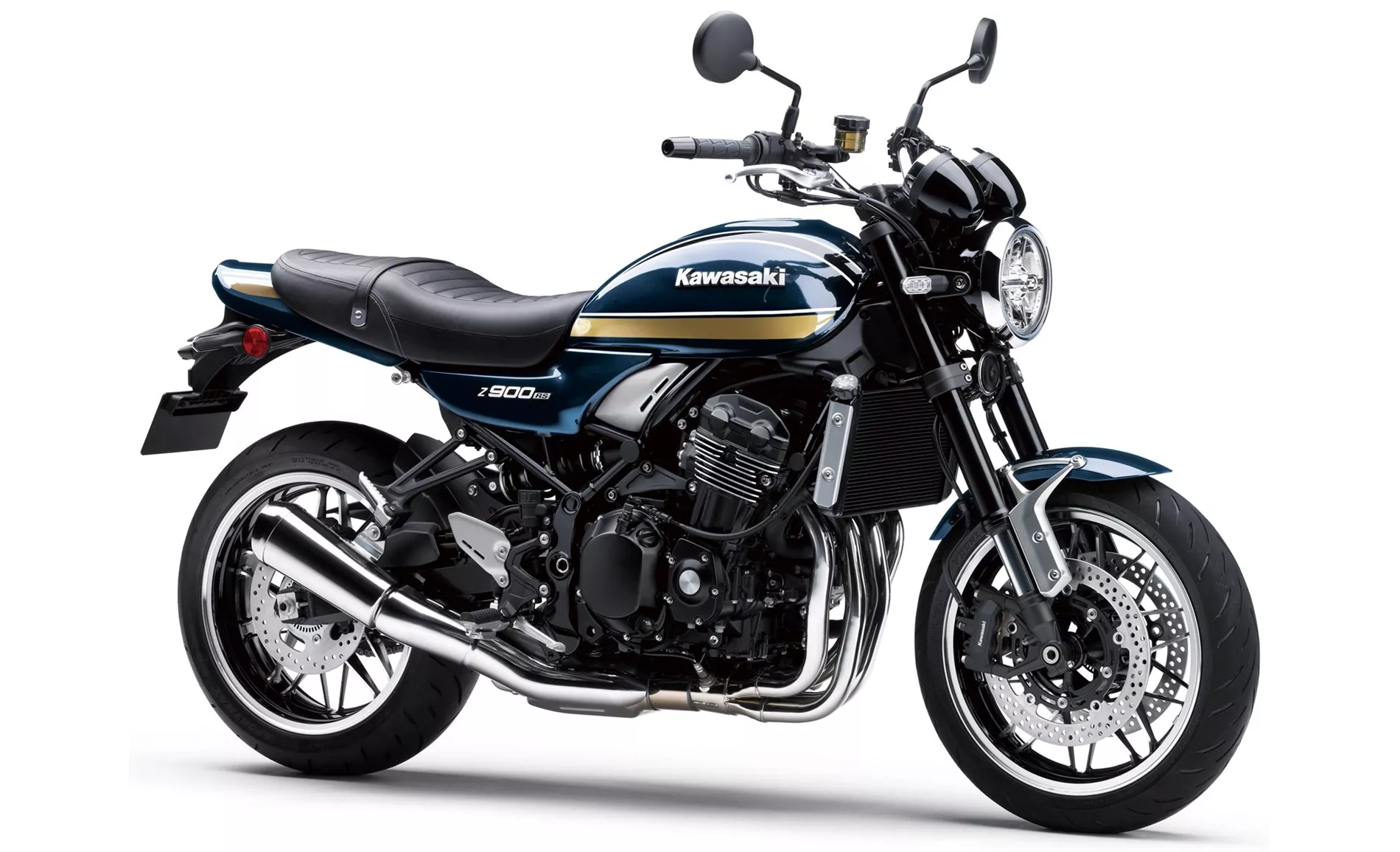
Kawasaki Z900 RS 2022
When it comes to strengths, the Z900 2018 is praised for its powerful and smooth engine, great sound, sharp and sporty look, low seating position, and easy handling and manoeuvrability. On the other hand, the Z900 RS 2022 is commended for its beautiful design, powerful engine, stable handling, powerful brakes, comfortable seating position, analogue displays, and adjustable levers.
However, both models have their weaknesses. The Z900 2018 lacks traction control, which can be a disadvantage in certain riding conditions. Additionally, tall riders may find the knee angle strenuous in the long run. On the other hand, the Z900 RS 2022 does not offer an optional quickshifter, which could be a drawback for riders who prefer this feature.
In conclusion, while both the Kawasaki Z900 2018 and the Kawasaki Z900 RS 2022 have similar technical specifications, they have some notable differences. The Z900 2018 offers a more powerful engine and a lower seat height, while the Z900 RS 2022 has a more advanced suspension system, additional rider assistance systems, and a slightly higher seat height. Both models have their strengths and weaknesses, and the choice between them would depend on the rider's preferences and priorities.
Technical Specifications Kawasaki Z900 2018 compared to Kawasaki Z900 RS 2022
Pros and Cons in comparison
Pros and Cons in comparison
Kawasaki Z900 2018
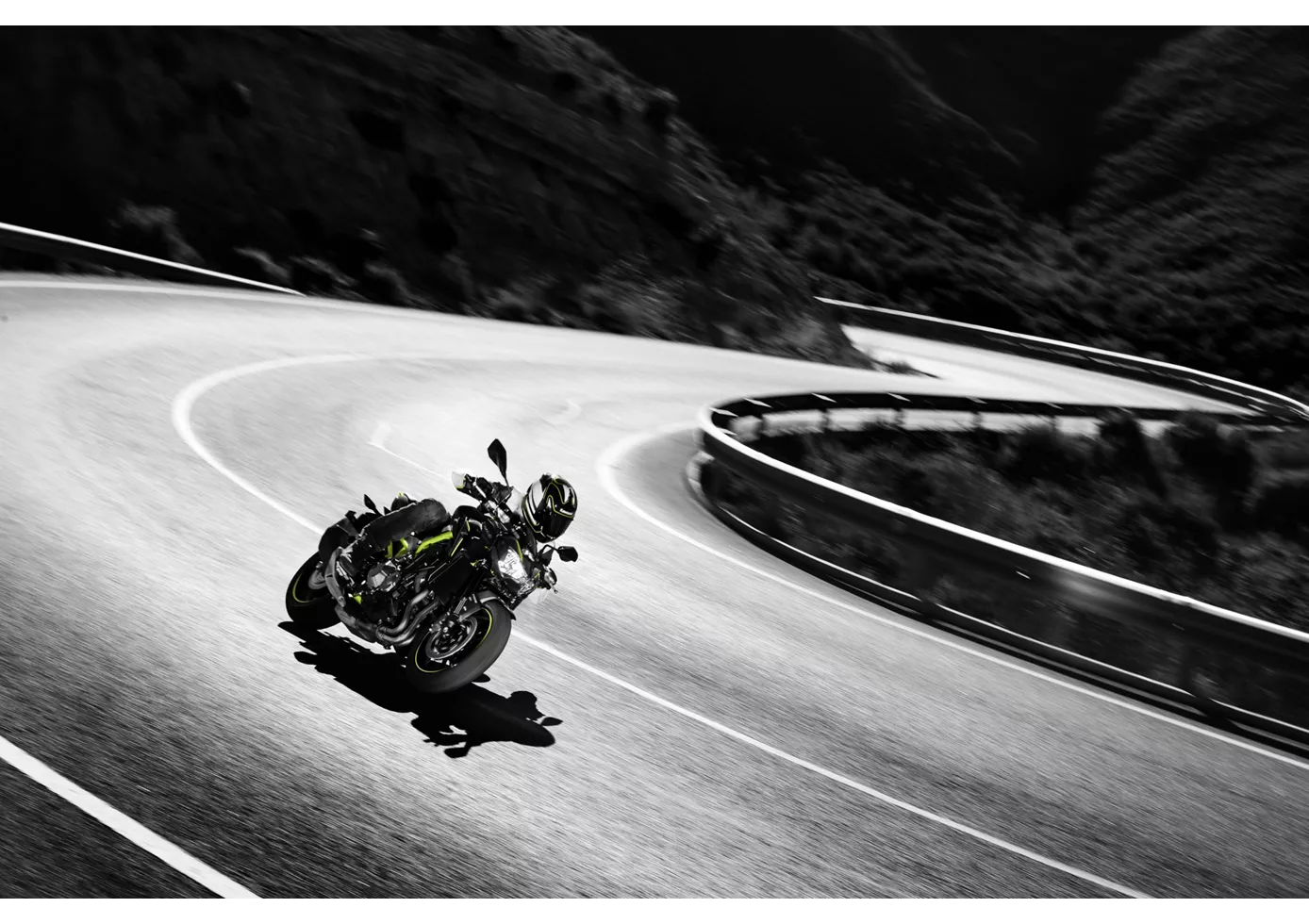
In the hotly contested naked bike segment, the Z900 plays right at the front. Above all, its engine is absolutely terrific, runs incredibly silky and offers rich power in all rev regions - as befits a Japanese four-cylinder. Its sporty, aggressive appearance matches this. It does without electronic bells and whistles, but still conveys a lot of confidence when chasing corners, braking and accelerating out of them. The low seat is especially beneficial for smaller riders, but taller riders might miss a flatter knee angle on long distances. The low weight and compactness make the Z900 particularly agile and easy to handle. A sporting cannon that is also extremely appealing in terms of price
Kawasaki Z900 RS 2022
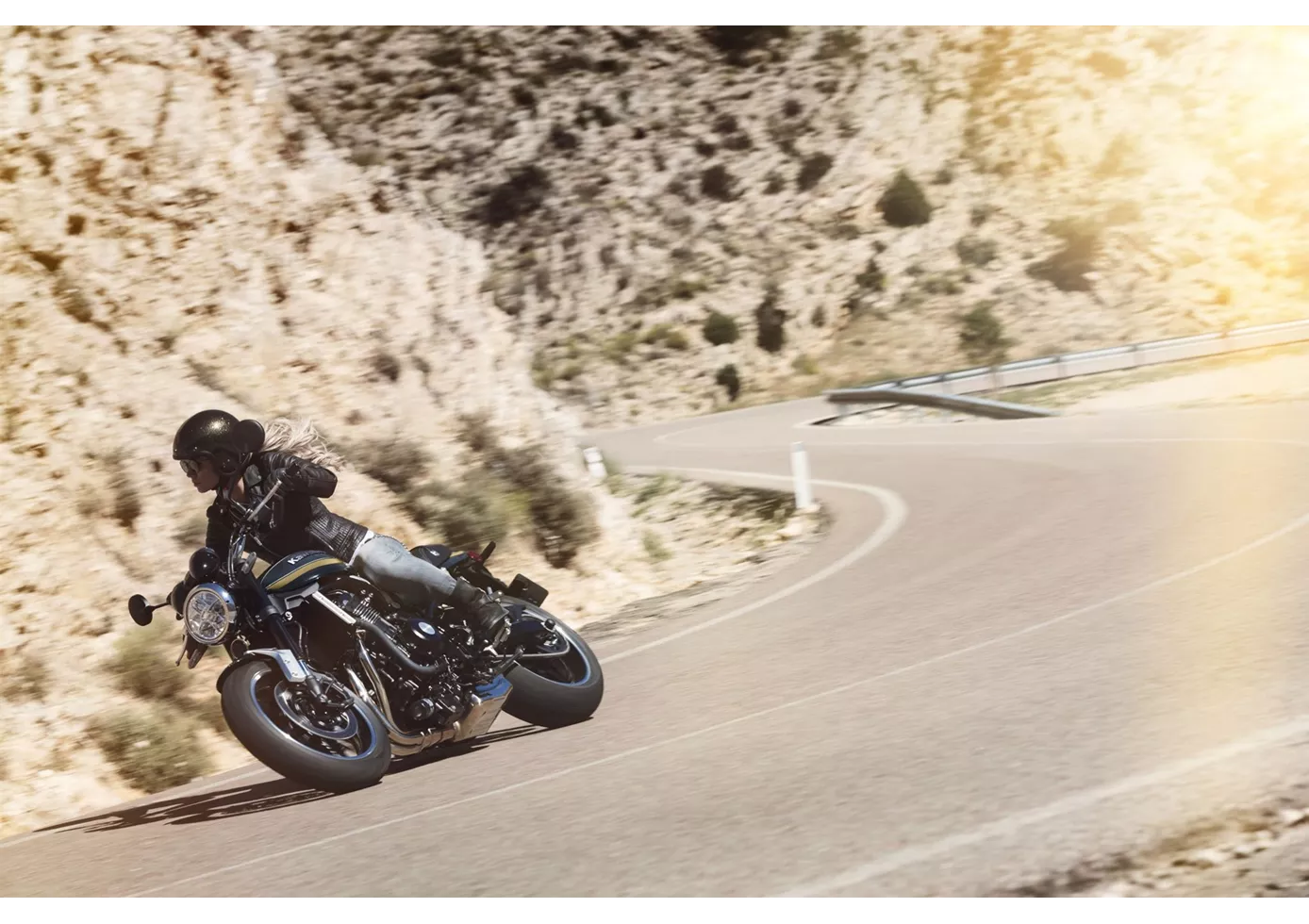
The Z900 RS enjoys a large fan base and in 2022 it once again proves why it is so popular. The powerful engine scores with pulling power and a wonderful sound that is not too obtrusive. The handling feels natural and presents no challenges. Only a quickshifter would suit the bike - even if that doesn't quite fit the retro idea.
Price Comparison Avarage Market Price Kawasaki Z900 vs Kawasaki Z900 RS
There are a few key differences between a Kawasaki Z900 2018 and a Kawasaki Z900 RS 2022. In terms of price, the actual average price of a Kawasaki Z900 RS 2022 is about 35% higher. Compared to Kawasaki Z900 RS 2022 there are more Kawasaki Z900 2018 bikes available on the 1000PS.de Marketplace, specifically 55 compared to 22. It takes less time to sell a Kawasaki Z900 with 112 days compared to 127 days for a Kawasaki Z900 RS. Since model year 2017 1000PS.de editors have written 46 reviews for the Kawasaki Z900 and 26 reviews for the Kawasaki Z900 RS since model year 2018. The first review for the Kawasaki Z900 was published on 11/11/2016 and now has more than 93,200 views. This compares to more than 63,700 views for the first review on Kawasaki Z900 RS published on 06/09/2017.
